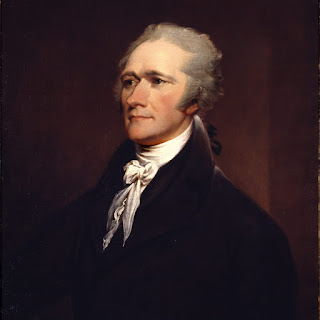As we learned in last month’s study on Rachel, Rachel wanted
a child as Leah had and she did all she could to achieve it. We see in Leah’s
story, Leah wanted Jacob’s love as Rachel had and she did everything she could
receive it. Through her story, we see the marriage customs of the time as well
as lessons about love, beauty and seeing what God sees. Even though she was
insignificant in Jacob’s eyes, she was particularly important to the
fulfillment of God’s promise to Israel and to us. With her story, we learn that
no one is insignificant in God’s eyes.
Capable of both strong and enduring love, Leah was a
faithful wife and mother. She was manipulated by her father; she became jealous
of her sister. With each child, the unhappy Leah hoped to gain her husband’s
affection and each time her disappointed grew. Maybe Jacob resented Leah for
her part in Laban’s deception, although she hardly had the power to refuse. She
had known heartache. Her only daughter, Dinah, was raped by a local prince when
they returned to their homeland (Genesis 34:2) and her sons, Levi and Simeon,
avenged their sister by murdering the men in an entire village (Genesis 34:25).
Her son, Reuben would disgrace himself by sleeping with his father’s concubine,
Bilhah (Genesis 35:22). It wasn’t all bad for Leah. The promise of a Savior was
carried, not through one of Rachel’s sons, but through Leah’s son, Judah, whose
descendants were including David, Israel’s great king and Jesus, the
long-awaited Messiah. With her son, Levi, the priestly line would be
established. The story of these two sisters remind us that life is fraught with
sorrow and peril, much of it caused by sin and selfishness.
Marriage customs in ancient biblical times are quite
different than our current customs. Marrying for love is a modern requirement,
tracing back to the Romantic Era (approximately 1800-1890). Most marriages
occurred for money or politics and alliances. It was also frowned upon that a
younger sister marry before an older sister. A bride and groom are usually
young, about 12 and 13, and the union is arranged by their parents with the
couples’ consent is rarely requested or required. The ceremony itself is
usually short but the festivities would go on for days. The groom would dress
in colorful clothing and sets our for the bride’s parents’ home, accompanied by
his friends, attendants, and musicians. The bride awaits, having been washed,
perfumed, and dressed in an elaborate dress and jewels. The bride and groom
then would lead a procession through the village with music and torchbearers to
the groom’s parents’ home. Once there, the feasting and celebration would begin
and last for several days.
There are a few lessons we can learned from Leah’s story.
First, what God considers beauty is far different than what we would call
beauty. Leah She is described to have “weak eyes” (Genesis 29:17), obviously wasn’t
very pretty as Rachel. People will often judge others by outward appearances,
but God always sees and judges ones’ heart. In Max Lucado’s book, In the Eye
of the Storm (1991) in which he talks about holiness in a bathrobe. We are
at our holiness with that first look in the mirror in the morning and what
makes it holy is its honesty. We see what God sees and loves. No makeup, no
jewelry, no fancy clothes, just us. Second, jealousy often blinds us to God’s
blessings. While Leah was focused on her jealousy of Jacob’s love for Rachel,
she ignored the blessings that God had given her, that he didn’t give to
Rachel: six sons. Third, the same God who saw Leah’s misery and sorrow, sees
ours. No mater how small or large, God knows our circumstances, our feelings,
and hurts. He is moved by our sorrow and he is willing and able to step in and
create something in and through us.
In conclusion, Leah was a woman who longed for the love of a
man who probably couldn’t or wouldn’t give it. She wanted the devotion her
younger sister got and when she didn’t, she turned to jealousy. But through
Leah’s sons, two powerful tribes of Israel would be created. While we view
marriage today as an act of love, marriage in the ancient world had strategic
planning. Even if we don’t know it, think it or possibly believe it, God sees
us. He sees our tears. He is moved by our sorrows and he will work in our lives
in ways we couldn’t possibly fathom.
























